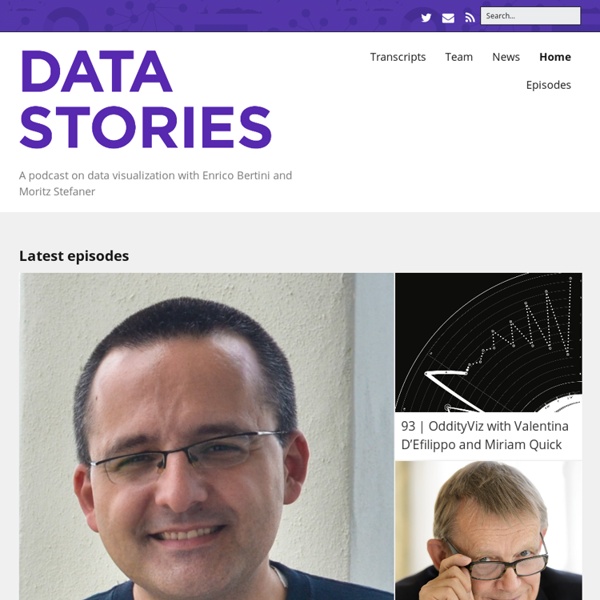



Enrico Bertini What's The Big Data? | The evolving IT landscape Fell in Love With Data | Hi! My name is Enrico Bertini | I am an Assistant Professor at NYU | I write about Data and Visualization. Digital Data Science and the Analytics Warehouse Here at EY, we spent a good chunk of time last year helping client’s build out digital capabilities in the analytics warehouse. In some cases, that meant building traditional data stores and traditional data models in Oracle and SQL-Server. But for the most part, it meant building analytics capabilities on top of Hadoop systems; that’s been bracing, difficult, sometimes frustrating, and always interesting. I remain convinced that the future of analytics lies in working at a very detailed level of the data (though I think there’s much to be debated about exactly which level of detail is right). Over the course of 2015, I hope to tackle some of the key issues in pursuing this type of new technology analytics warehouse. Modeling Digital Data: What does it mean to create a data model in the big data world? Perhaps this sounds too theoretical. Statistical ETL: We often describe a basic digital data model as having five levels (ranging from hit level up to visitor level).
Teaching — Enrico Bertini I have taught Information Visualization at NYU Tandon every year since 2012. The course focuses on how to design, develop and evaluate interactive data visualization solutions for complex data analysis problems. This page links to material I developed for the course. Lecture Slides Google folder containing my slides: Exercises I designed these exercises for my flipped-classroom version of the course: Data Abstraction (describe data in ways useful to vis design)Data Analysis (perform data analysis with a goal)Chart Encoding and Decoding (deconstruct a chart and encode the same data in different ways)Vis Design: Ballot Maps (design a visualization for a specific problem)Vis Design: Twitter Sentiment (design a visualization for a specific problem)Course Recap (recall main concepts from the course) Course Diary Here you can find a series of blog posts I wrote to keep track of my experience and thinking while teaching the course:
From Data Visualization to Interactive Data Analysis [Note: this essay is the written, expanded and refined version of the talk I gave at the Uber Data Visualization meetup organized in NYC on Oct. 26, 2017. You can watch the video here (sorry, very bad quality) and get access to the original slides here.] TL;DR: Visualization projects with high visibility focus on two main purposes: inspiration and explanation. Visualization can however be used (and is actually used) to increase understanding of complex problems through data analysis. Three main uses of data visualization I know I am running the risk of falling into gross simplification. Inspirational. Why talk more about data analysis? This essay, and the talk that preceded it, aims at better defining the role of visualization in data analysis and spurring more conversations about what is happening in this area of visualization which, unfortunately, it’s not blessed with the same limelight of the other purposes. But why focus on analysis? Detecting and understanding medical malpractice.